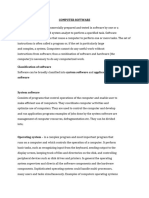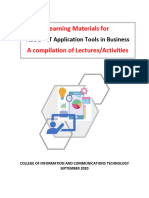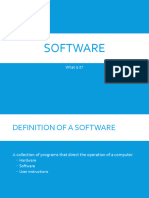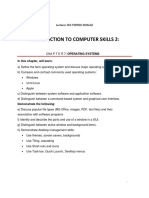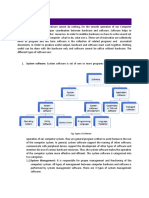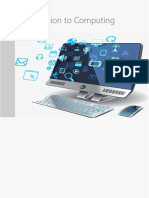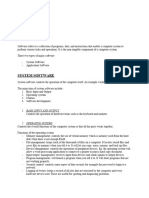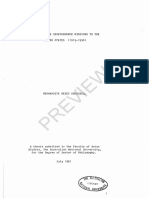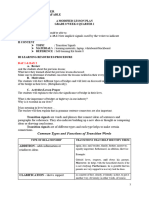0% found this document useful (0 votes)
123 views5 pagesFOC Notes
Computers are used extensively in businesses for communication, marketing, accounting, education, and producing documents. A computer system consists of hardware, software, people, procedures, data, and connectivity. Software packages bundle related programs together, like Microsoft Office. The operating system is fundamental and coordinates hardware and applications, like Windows, UNIX, and DOS. DOS is an older system that manages files, memory, and input/output, while Windows provides a graphical user interface.
Uploaded by
Pari JainCopyright
© © All Rights Reserved
We take content rights seriously. If you suspect this is your content, claim it here.
Available Formats
Download as PDF, TXT or read online on Scribd
0% found this document useful (0 votes)
123 views5 pagesFOC Notes
Computers are used extensively in businesses for communication, marketing, accounting, education, and producing documents. A computer system consists of hardware, software, people, procedures, data, and connectivity. Software packages bundle related programs together, like Microsoft Office. The operating system is fundamental and coordinates hardware and applications, like Windows, UNIX, and DOS. DOS is an older system that manages files, memory, and input/output, while Windows provides a graphical user interface.
Uploaded by
Pari JainCopyright
© © All Rights Reserved
We take content rights seriously. If you suspect this is your content, claim it here.
Available Formats
Download as PDF, TXT or read online on Scribd
/ 5


